Mother Nature is more unpredictable than she’s ever been. Seasons in many places seem to have shifted, sometimes by several weeks, even when conditions are warm and welcoming, freak, out-of-season winter weather and frost events crop up.
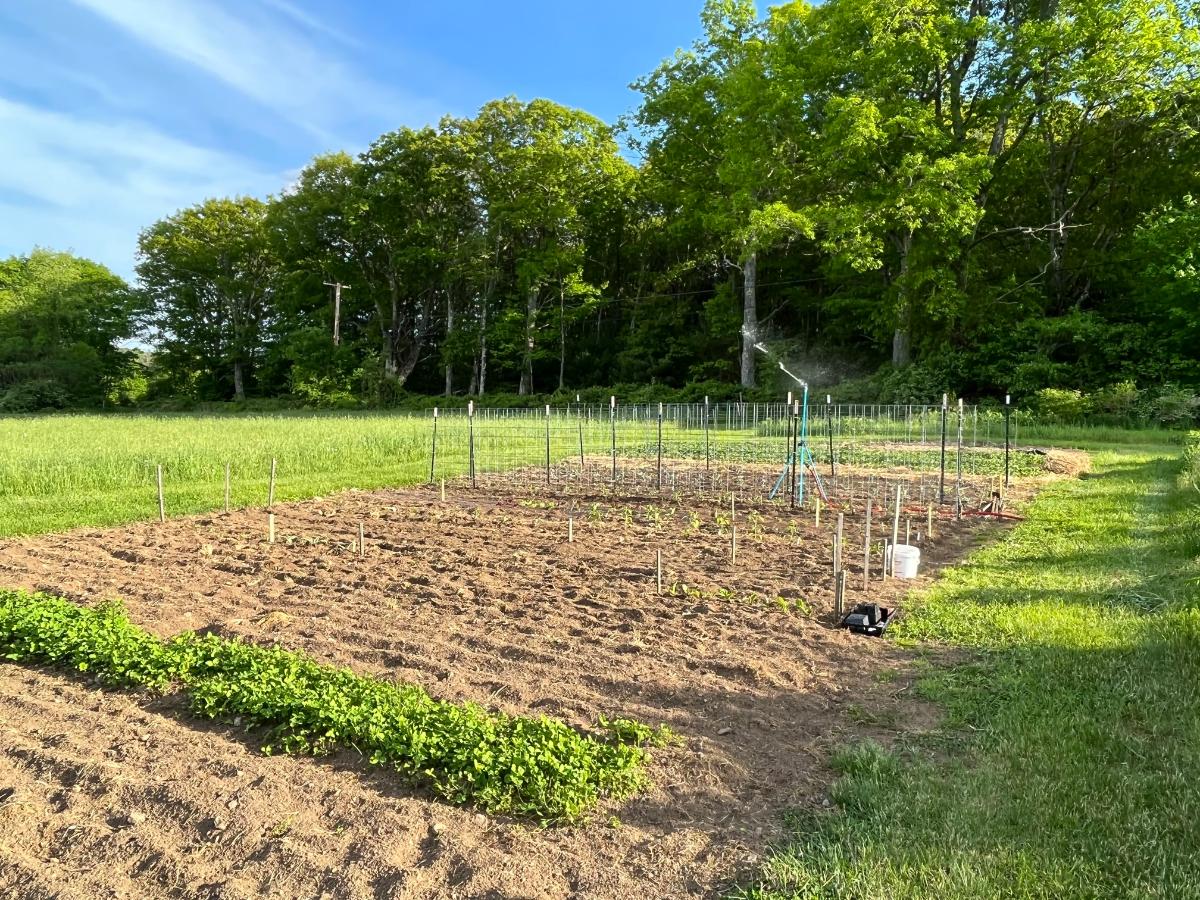
There are areas that are experiencing significant warming. You may even be in a location where the hardiness zone and/or recommendations have changed, as was experienced by much of the U.S. last year. (The U.S. is not the only country with hardiness zones, by the way.)
So, how’s a gardener to know when to plant, if the old adages and calendar dates don’t work anymore?
Jump to:
- Planting in Step with Nature
- Signs in Nature That Tell You When to Plant: Which Plants and Trees to Watch
- 1. Dandelions
- 2. Lilacs
- 3. Forsythia
- 4. Spring-Flowering Bulbs (Daffodils, Crocus...)
- 5. Maple, Oak, and Other Trees
- 6. Apple and Fruit Trees
- 7. Peonies and Daylilies
- More Fun (and Useful) Gardening Signs Collected from Nature
Planting in Step with Nature
In a word? Phenology.
Phenology is the practice and study of natural phenomena and cycles in nature.
Basically, it’s paying attention to what happens when and what’s happening at the same time. Once you make these observations, you can make the connections that help you decide when to plant what.
The idea behind phenology is that perennial plants, insects, and natural cycles happen under certain circumstances like trees budding out after the days hit a certain day length or average temperature.
The thing is a lot of those conditions and connected responses are the same conditions that annuals and things we like to plant need to succeed. It’s just that instead of trying to guess them for yourself, you can let trees and plants take the guesswork out of it for you, and plant when they take the cue to grow.
Signs in Nature That Tell You When to Plant: Which Plants and Trees to Watch
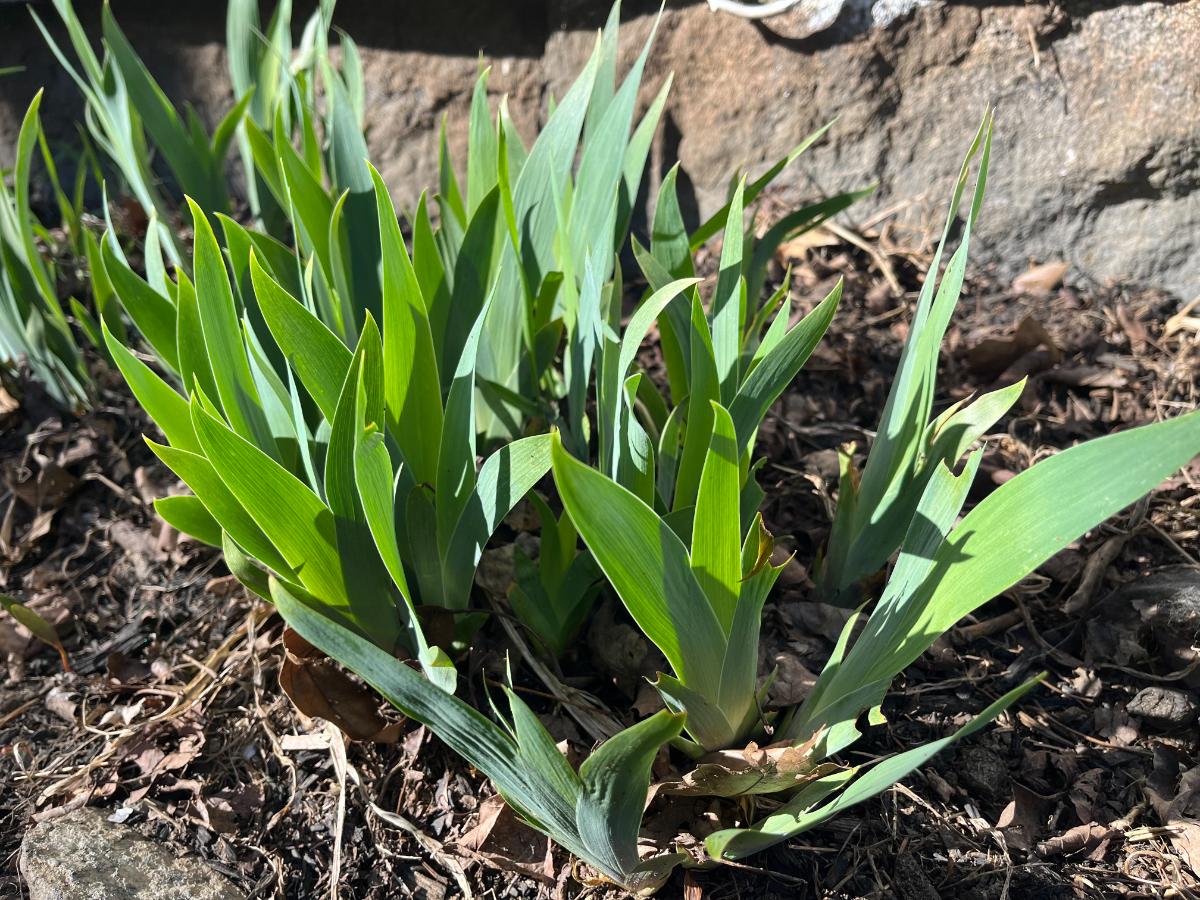
These things sound a lot like old wives’ tales or old farmers’ sayings. In a lot of ways, they are. But it’s more because people have been making these observations and connections for many years...like, hundreds of years. It’s not because they are necessarily untrue.
When you look for phenological signs, it’s not just the presence of the plant that you’re looking for. It is also different stages of growth and development of the plant. Some phenological cues tell you to do one thing when the leaves are small and another when they have grown to full size, or one thing when the plant emerges and another when it’s in full bloom.
When you read through phenological planting lists, you’ll see that there are only a handful of plants and trees that sort of rule the world of planting signs. Get to know which trees and plants they are, and you’ll soon have a very good natural guide to help you know when to plant – even when Mother Nature keeps insisting on pushing your calendar dates around!
To that end, here are seven of the plants that pop up a lot when you talk about natural planting signs and a few tips on what they can tell you to plant (and when):
1. Dandelions
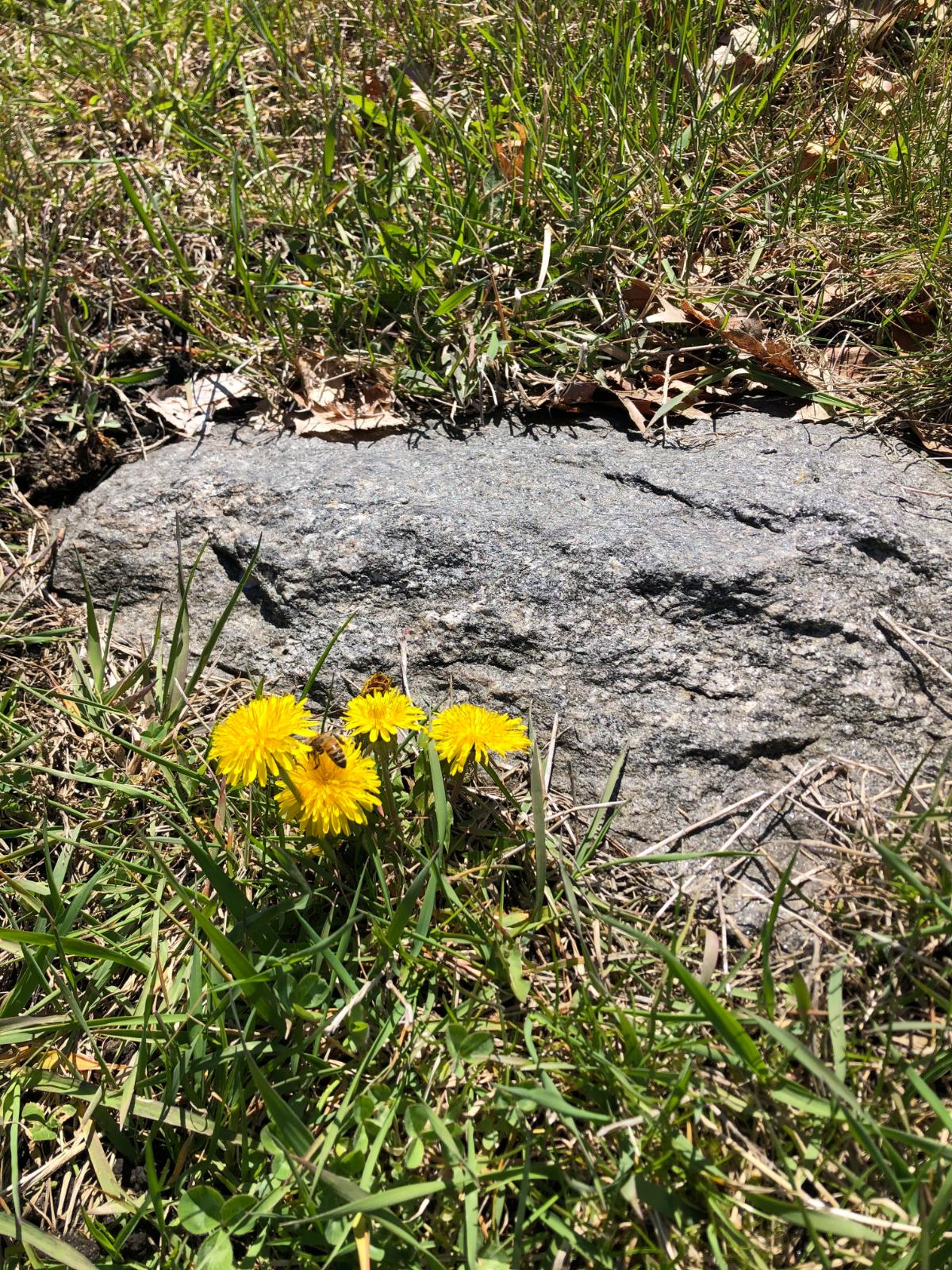
Dandelions are one of the first things to wake up, grow, and bloom in the spring (as you’ll see that many of the things on this list are). They are one of the first to signal that it’s time to start planting. (They’re also one of the best first sources of pollen for bees and pollinators!)
Examples of what and when dandelions tell you to plant:
Some of the things we connect with dandelions are potatoes and cool-hardy, early-season crops. When dandelions bloom, plant your potatoes and direct-sow crops of endive, escarole, turnips, and root crops.
2. Lilacs

There seems to be a lot associated with lilacs, whether it be when their leaves first appear or when they are in flower...or even when the flowers die.
Examples of what and when lilacs tell you to plant:
When lilac starts to grow its first leaves, plant parsley and chervil and direct sow hardy flowers like calendula and alyssum.
The appearance of lilac leaves is the time to transplant cole crops, hardy greens, and to direct sow root crops. Things to plant at this time include lettuce, spinach, beets, carrots, broccoli, cauliflower, kale, and other brassicas.
When the lilac bushes are in full flower, take it as a sign to plant tender herbs and annuals, including basil, geraniums, and marigolds. Start zucchini outdoors from seed.
It is safe to plant tender annual flowers when lilacs are flowering.
When the lilac’s flowers start to die back, that is the time to plant squash, pumpkins, and cucumbers.
3. Forsythia
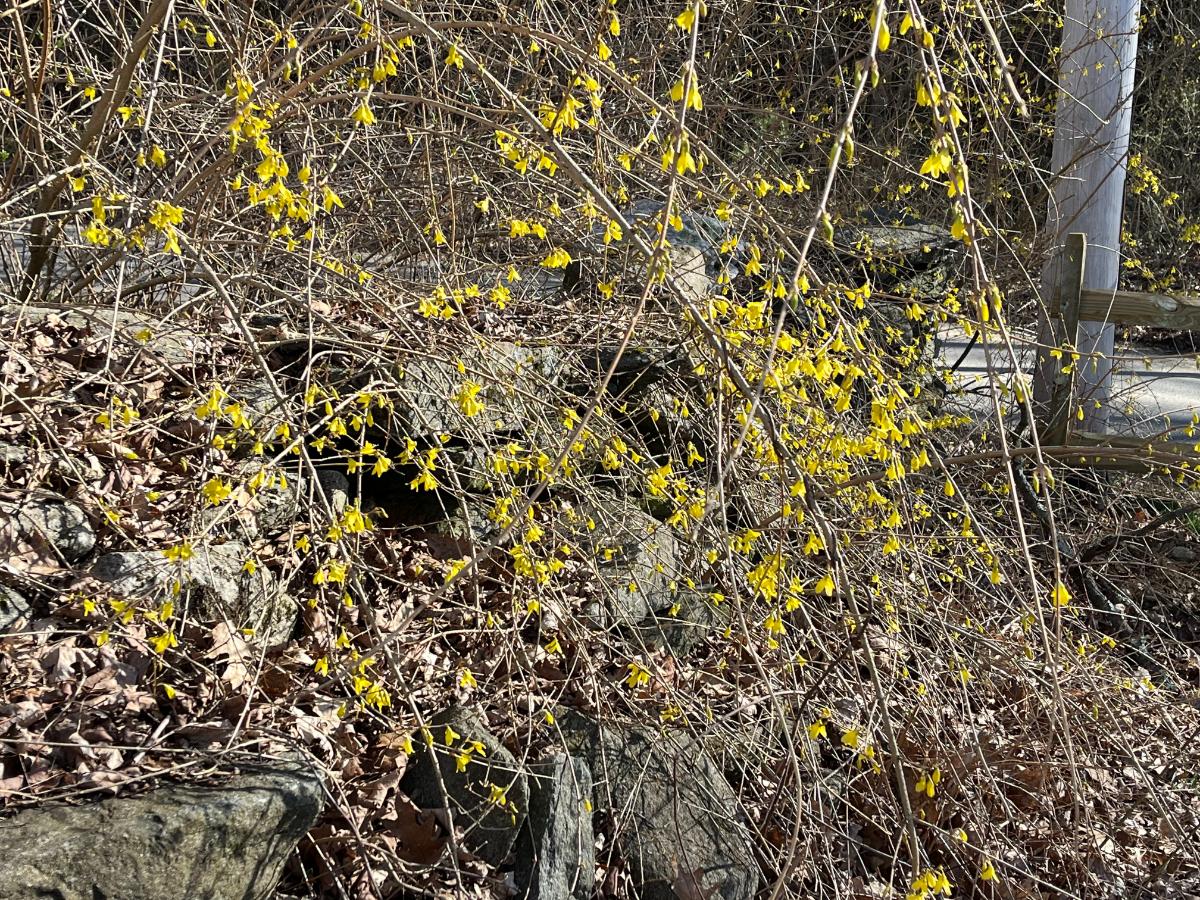
Forsythia is another early spring flowering plant that is tied to many plants and planting activities.
Examples of what and when forsythias tell you to plant:
Peas and onions can be planted when the forsythia blooms; endive and turnips can be direct seeded; plant lettuce.
4. Spring-Flowering Bulbs (Daffodils, Crocus...)
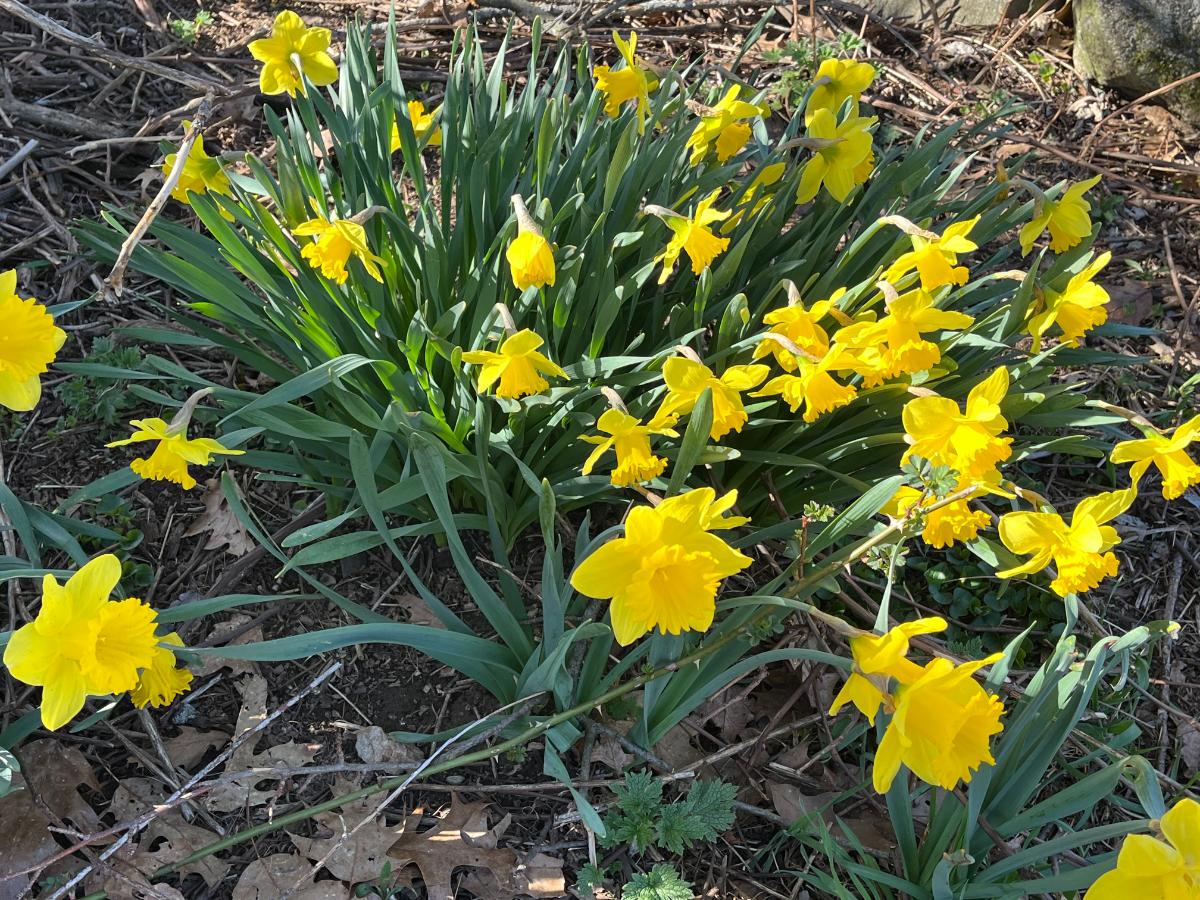
Different spring-flowering bulbs tell you to plant different things. The earliest of these, daffodils and crocuses, are some of the first signs of spring and the first signs that you should get busy!
Examples of what and when spring flowers tell you to plant:
Crocuses blooming is a sign to plant cold-weather lovers like spinach, radishes, and parsnips. Beets, carrots, and chard can go in when the daffodils are in bloom.
5. Maple, Oak, and Other Trees
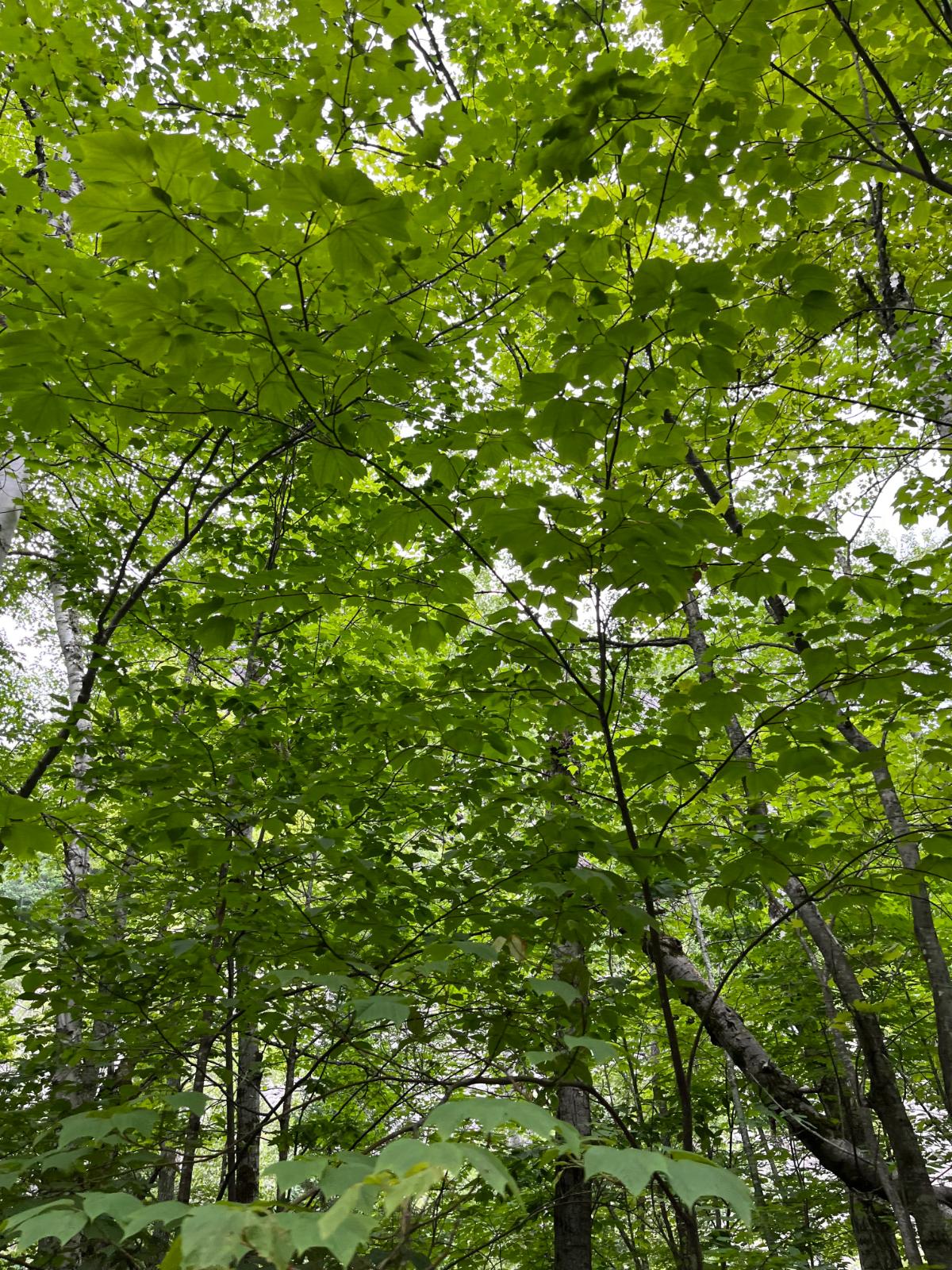
Many trees are common signalers for planting, too. Some of these signs are quite fun to decipher.
Examples of what and when trees tell you to plant:
Plant perennial flowers when maples first leaf out; hardy annual flowers like snapdragons and pansies can be planted when aspen leaves open.
When oak leaves are “the size of a mouse's [or squirrel’s] ear, plant corn from seed.
When maple leaves are full-size, plant morning glories.
Plant tomatoes when dogwoods flower at their peak.
6. Apple and Fruit Trees
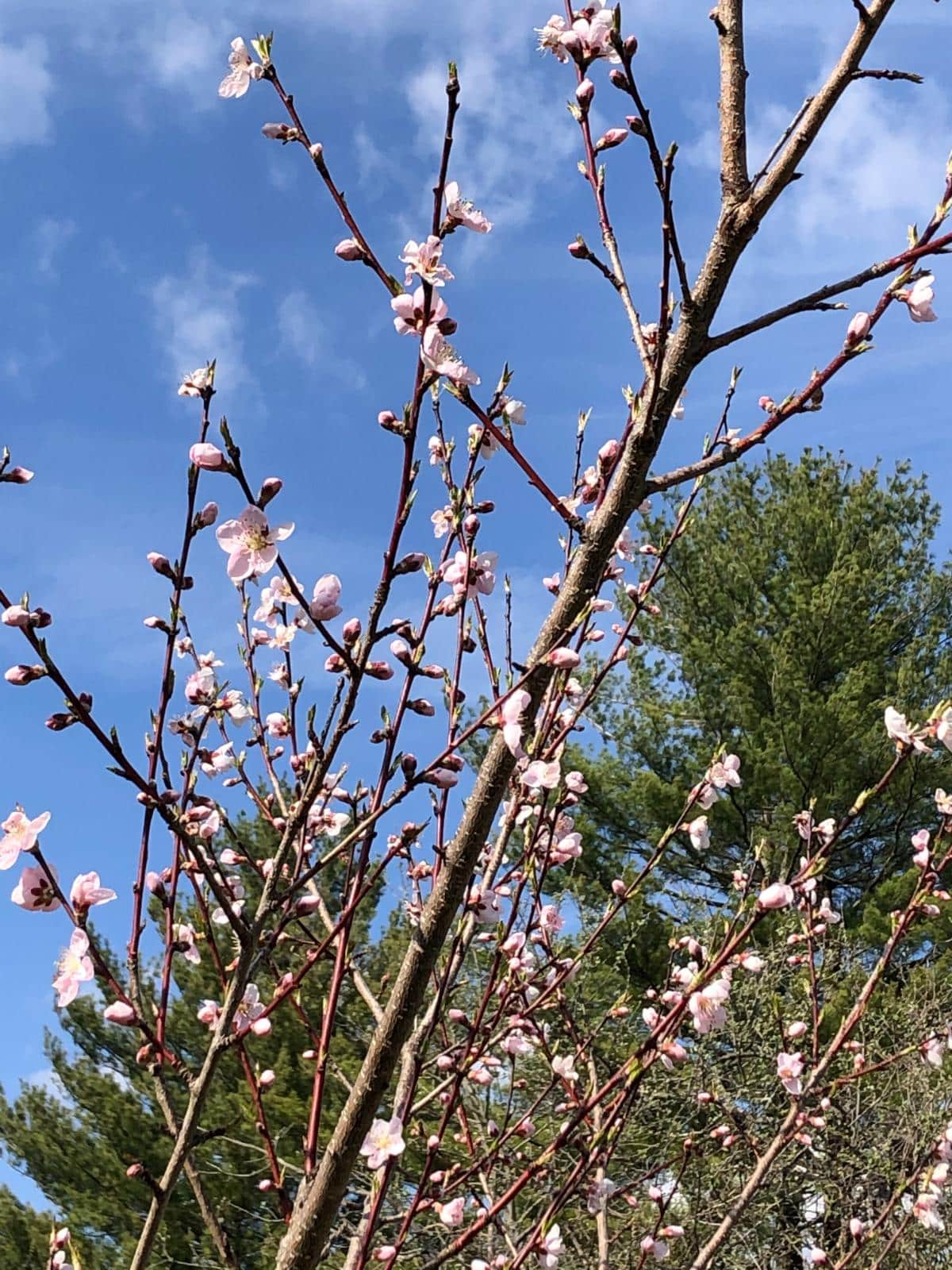
Apple and fruit trees have a lot of phenological ties, which probably makes sense since they are food-producers with sensitive blossoms. They signal planting in and out of their growth and blossoming cycle.
Examples of what and when fruit trees tell you to plant:
Transplant cole crops (broccoli, cauliflower, kale, cabbage) when quince trees blossom.
Chokecherry leaves mean you can plant hardy annuals.
Bush beans are to be planted when apple trees are in full bloom, but pole beans need to wait until the blossoms fade and fall. Cucumbers can be planted after the apple blossoms die, too. Crabapples in flower are a sign to plant zucchini from seed.
7. Peonies and Daylilies
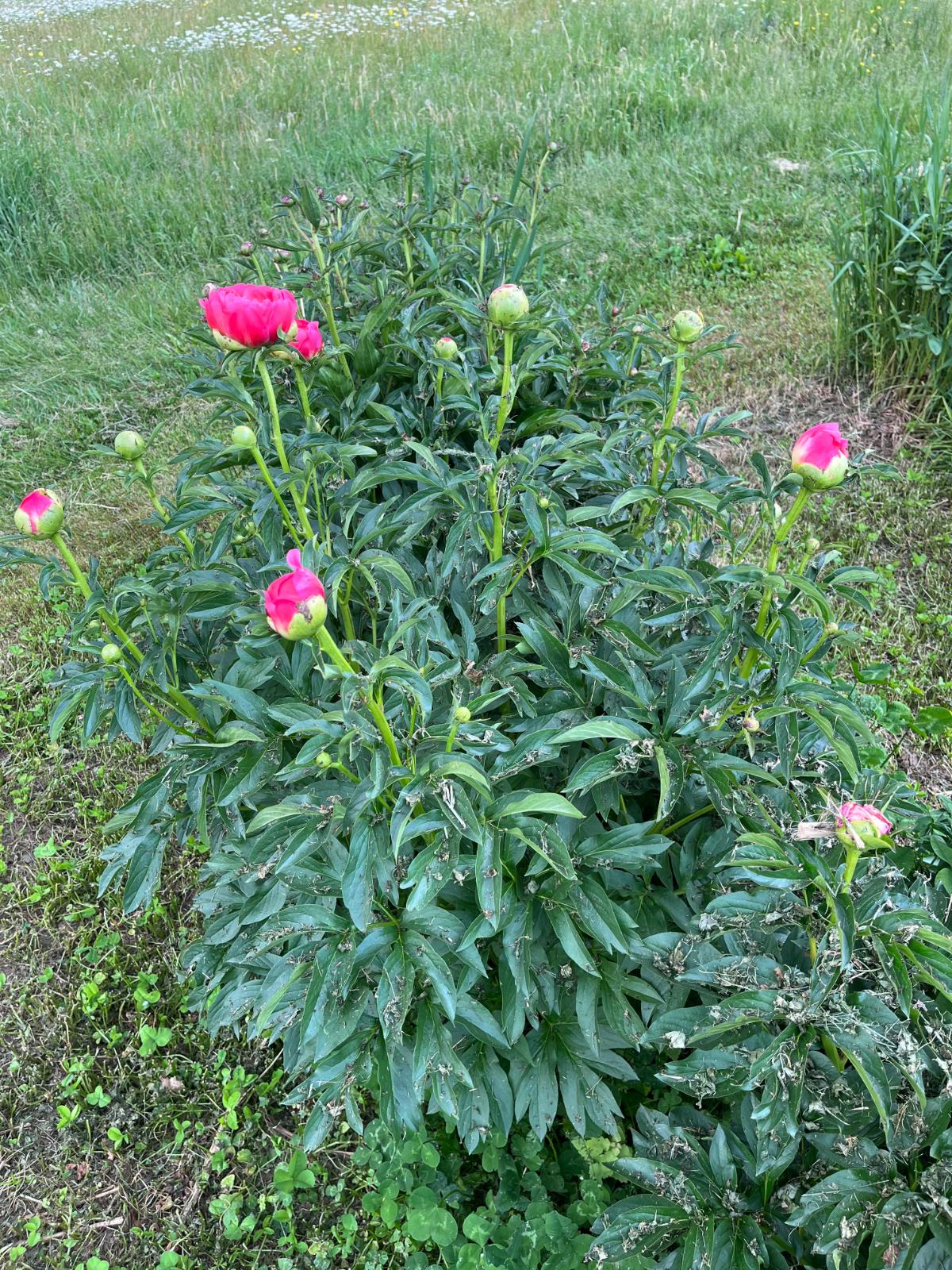
Later spring flowers like peonies and daylilies tell us that more consistently warm days have arrived. When those flowers are gracing us, it’s time to start planting more tender annual flowers and tender vegetables.
Examples of what and when peonies and daylilies tell you to plant:
Plant heat-loving vegetables when the peonies bloom. This includes melons; more tender things like tomatoes, peppers, and eggplants can be planted now, too.
Transplant okra when peonies flower.
Okra and sweet potato slips get planted when peonies are flowering.
When lilies of the valley and daylilies bloom, plant tomatoes, eggplant, peppers, and corn.
Eggplant and peppers go in when bearded irises flower.
More Fun (and Useful) Gardening Signs Collected from Nature
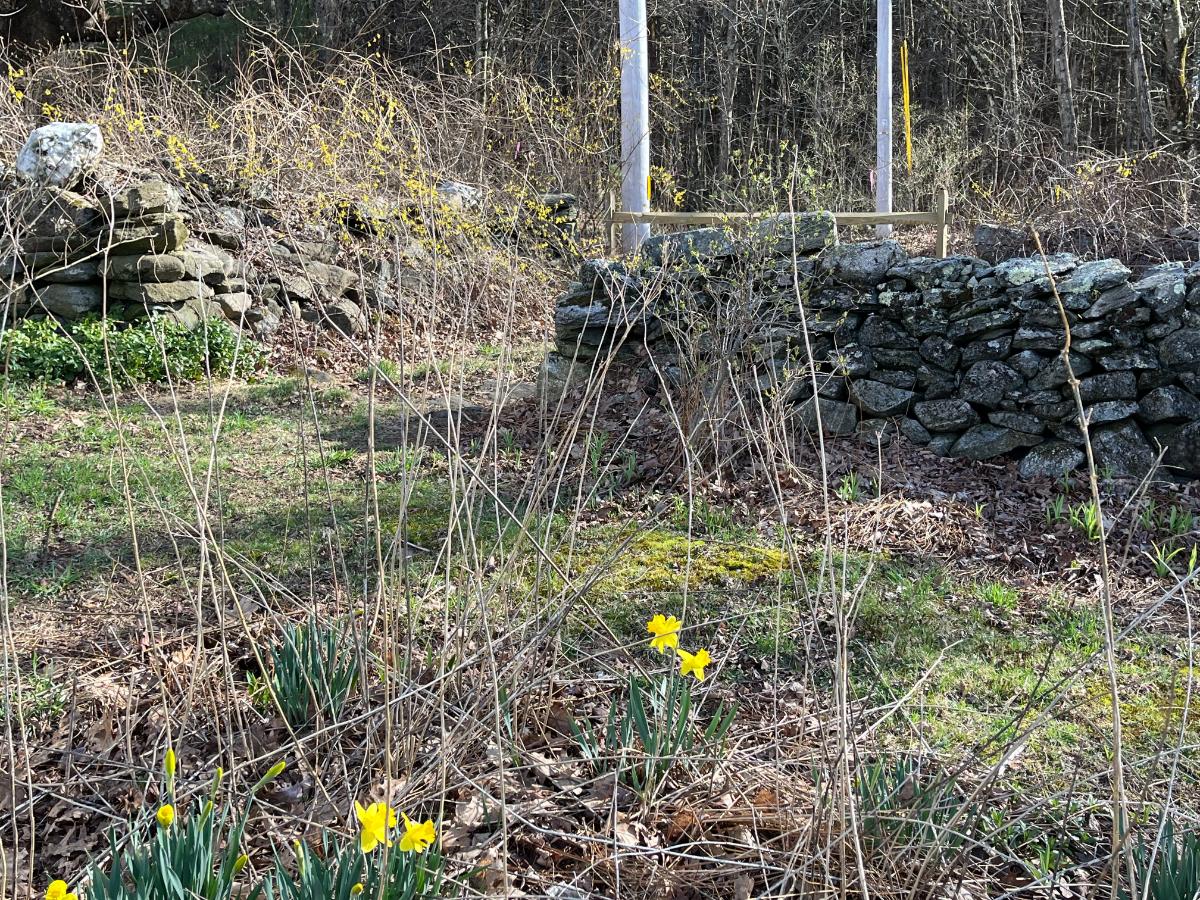
Phenology is studied for more than just being a planting guide. It is also used for things like predicting when insects and pests will hatch out. Insects are very much in sync with their food sources, so watching for these types of cooperative signals can really help you get a jump on pest populations.
Phenology is not only interesting, but useful and brings you more in touch with the rhythms of your yard and garden, while also giving you another tool to use as we ebb and flow with changing climates and seasons.

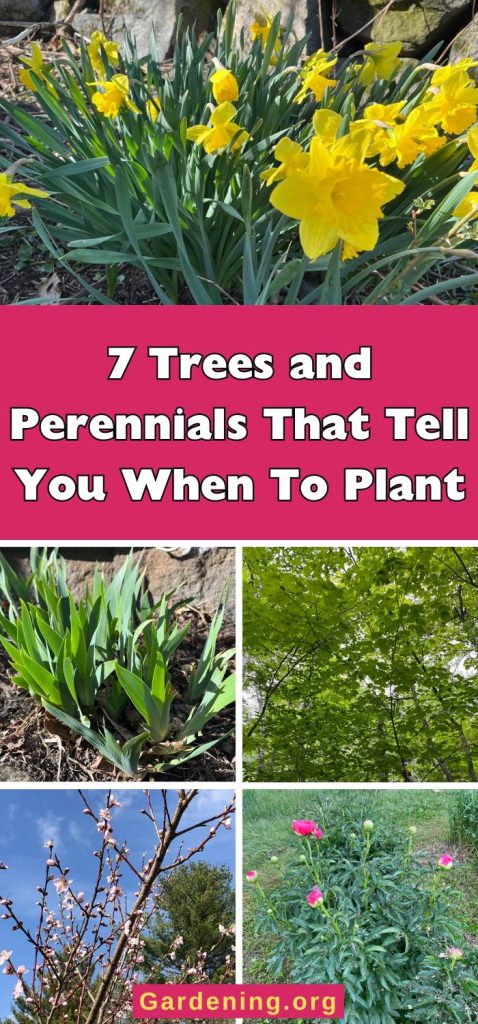
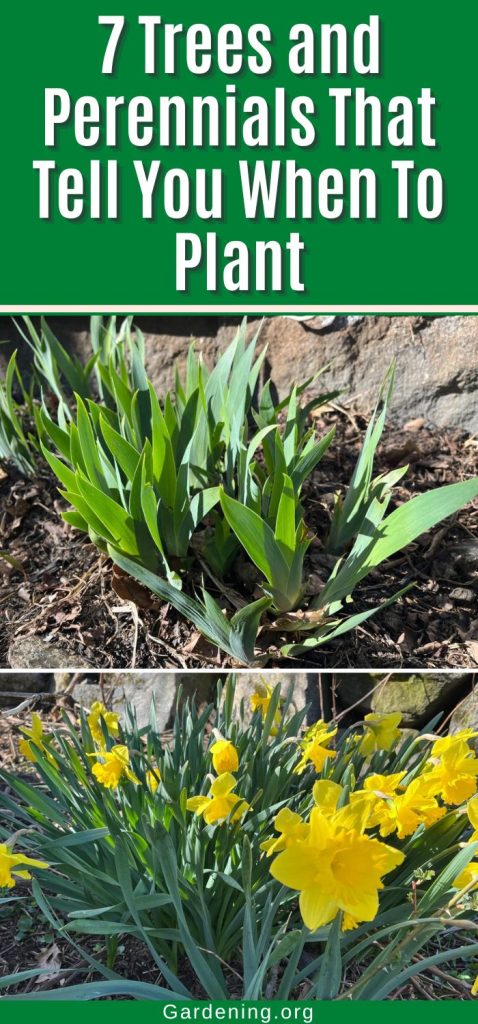
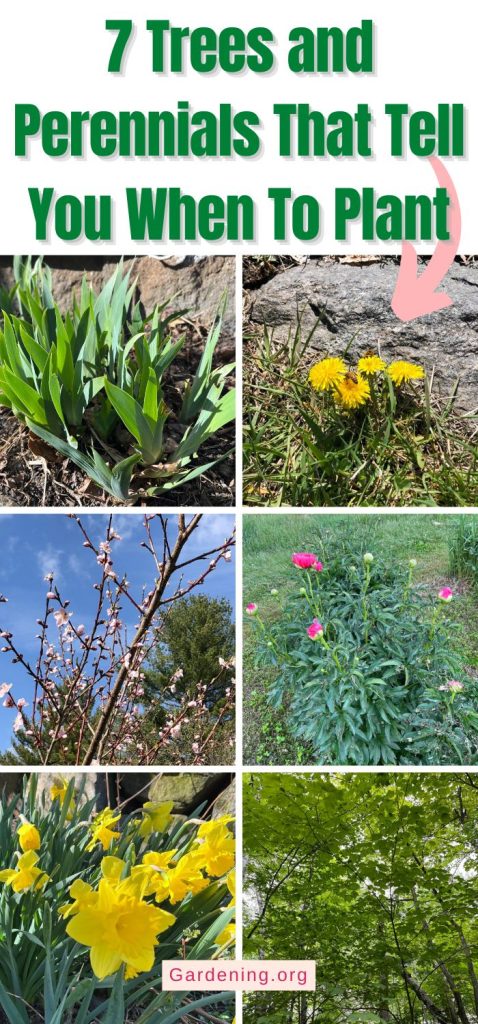
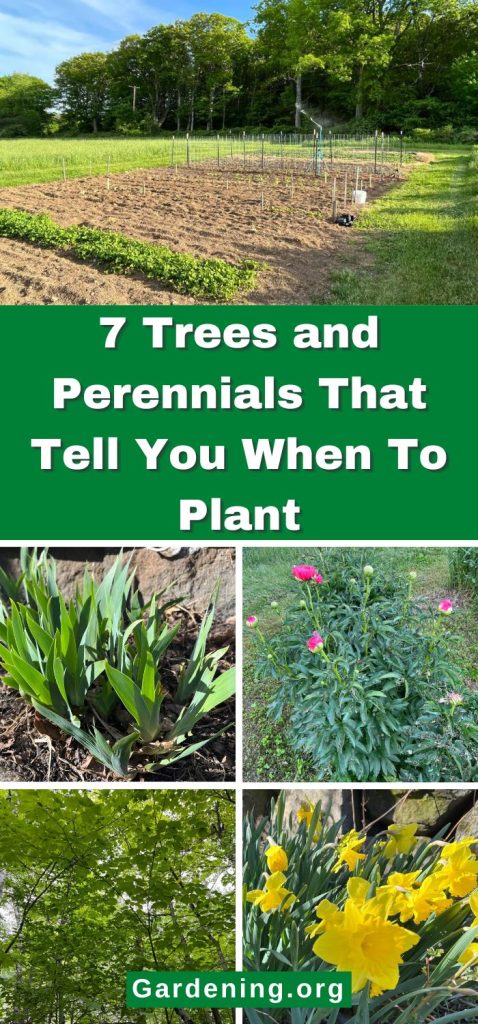
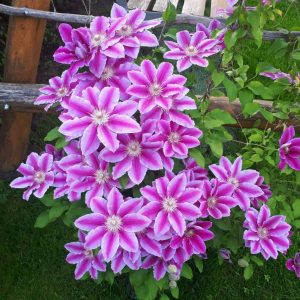
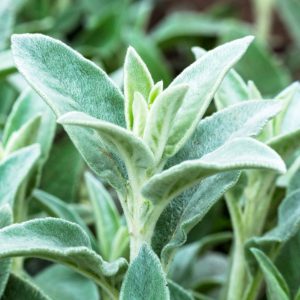

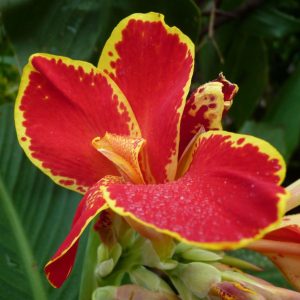
Leave a Reply